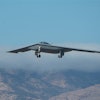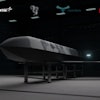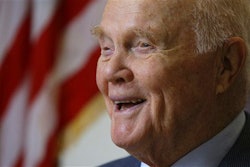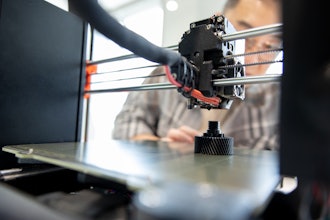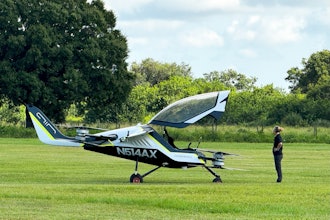Bill Devenish
While many people are familiar with Igor Sikorsky’s role in the development of the helicopter they might not be aware of his other achievements as a pioneer in early aviation. He was a designer, engineer, test pilot, and entrepreneur who overcame failure and was determined to achieve success. The fascinating life of Igor Sikorsky provides ample lessons for today’s engineers.
In the year 1900, at the age of 12, the Russian born Sikorsky designed and built a rubber-band powered model helicopter that actually flew. This visionary event occurred three years before the Wright Brothers conducted their first powered flight along the beaches of North Carolina. Sikorsky’s ingenuity, coupled with his passion for flight, set him on a path to become a significant innovator in the world of flight. Lesson number one: creativity is a powerful tool for achieving a vision.
His initial attempts at creating practical aircraft involved the building of his first two helicopters prototypes. They both failed as a result of under-powered engines and the lack of technology which was still decades away.
Sikorsky then turned his emphasis to building fixed-wing aircraft with many quick successes. By 1913, he developed the world’s first multi-engine airplane known as the ‘Russian Knight’. Designed to be the first passenger plane, it included novel features such as an enclosed cabin, upholstered seats, a lavatory, dual pilot controls, and eventually a catwalk along the top of the fuselage where passengers could stroll and sightsee during flights. Lesson number two: early failures are temporary obstacles which can prepare the way for future success.
Courageous is another word that can be used to describe Igor Sikorsky. He insisted on being the initial test pilot for his many designs. Later in life Sikorsky would say, “In the early days, the chief engineer was very often also the chief test pilot. This tended to result in the elimination of poor engineering.” (Jay Spenser, The Airplane, 2008, page 86.) Lesson number three: applying this Darwinian attitude to the way engineers approach development could lead to more robust product designs.
At the conclusion of World War I, Igor Sikorsky sought greater opportunities for developing his ideas by immigrating to the Unites States. He spent years struggling to start his own aviation company at a time when there was post-war economic turmoil and a glut of used military aircraft.
With hard work, determination, and some well-timed funding by the composer Sergei Rachmaninoff, Sikorsky developed his S-29A bi-plane (The A was for America). One of his first breaks came when the plane was used in the Howard Hughes thriller film, Hell’s Angels.
During this time he also worked with French pilot and WWI ace, Captain Rene Fonck, to develop a plane that could cross the Atlantic non-stop. Unfortunately, the aviator Charles Lindbergh beat him by a mere few weeks.
Sikorsky persevered, and by the 1930s was providing sea planes to Pan American Airways. These flying boats helped chart airways across the Caribbean, South America, and the Pacific. Lesson number four: it isn’t always easy, but engineers can be successful entrepreneurs.
It wasn’t until 1939 that Sikorsky designed, built and test piloted his first viable helicopter. Within a few short years he was mass producing them and using his imagination to design variants that could be used for heavy lift, rescue, transportation, and reconnaissance.
From his first rubber-band powered helicopter to production of the real thing, the imagination, courage, and determination exemplified through the life of Igor Sikorsky can be an inspiration for engineers struggling to develop successful products. He overcame obstacles and pressed forward to eventually reach his dream of vertical flight. One final lesson: a life of engineering has many rewards, and engineers following his example today will create a fantastic future world for tomorrow.
Additional Resources:
- http://www.airspacemag.com/history-of-flight/Piano_Man.html
- http://www.aviation.technomuses.ca/assets/pdf/e_sikorsky.pdf
- https://books.google.com/books?id=kz4rAAAAYAAJ
- http://avstop.com/history/aroundtheworld/russia/sikorsky.html
As a technical leader and DFMA consultant, Bill Devenish helps companies succeed in their mission to reduce product costs and development cycles.


